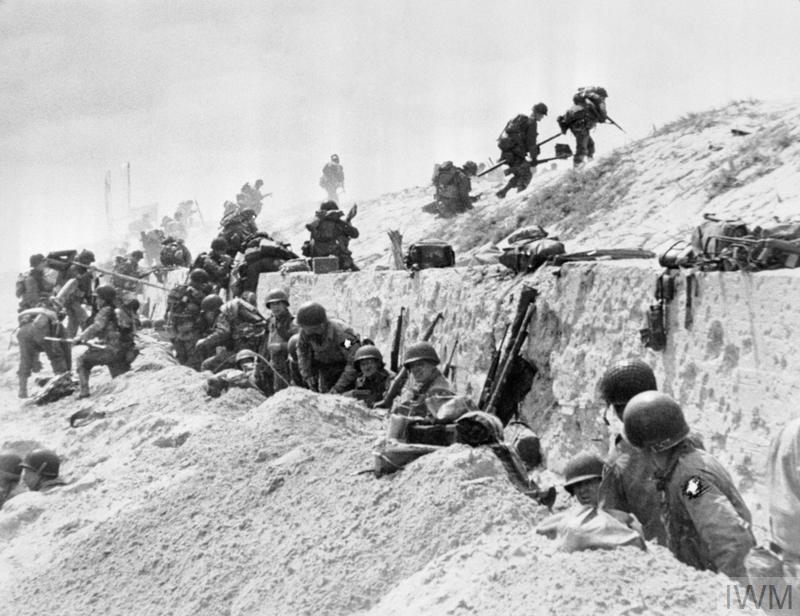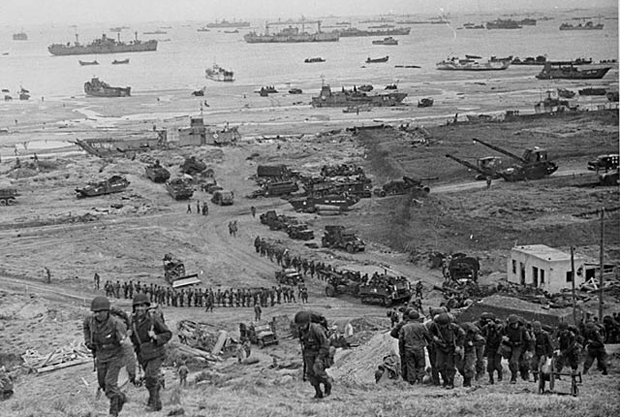
Meanwhile, the real invasionįorce was assembled in southwest England, and the entire area was sealed off by military authorities.Īs soldiers waited in their camps, they pored over maps, photographs and three-dimensional models of the invasion beaches, constructed from information meticulously collected over the previous months. Secrecy was deemed essential to success: a dummy army of wooden and paper maché tanks, trucks and other equipment was built in southeast England, to convince Germany that the invasion was indeed coming in the Pas de Calais.

Image: Originally published in Time Magazine. Map of the Normandy invasion with allied forces.

The Royal Canadian Navy contributed 110 warships and 10,000 sailors and the RCAF contributed 15 fighter and fighter-bomber squadrons to the assault. More than 14,000Ĭanadian soldiers landed or parachuted into France on D-Day. It was the largest seaborne invasion ever attempted in history.
#D day plus#
On D-Day, they would attempt to land more than 156,000 soldiers - six infantry divisions, plus armoured units - on five beaches along a 100-km sweep of coastline and also behind enemy lines.Īmerican forces would assault two beaches code-named Utah and Omaha, British forces would attack beaches named Gold and Sword, and a Canadian division would assault a beach named Juno.Ī battalion of Canadian paratroopers would also land behind German lines, along with three divisions of British and US paratroopers, on the flanks of the main invasion force. Instead, the Allies set their sights on Normandy, further west. Place being the Pas de Calais, the French coastline west of the Belgian border, which offered the shortest distance across the Channel, and the quickest route into Germany. The Germans knew an invasion was coming, but not when or where - the most likely Though the term was used to plan many operations, it is now most associated with the Allied invasion of Normandy, France, on 6 June 1944.įaced with such obstacles, as well as battle-hardened German forces led by the legendary General Erwin Rommel, the Allies decided that surprise would be their greatest weapon.

For that reason, the term D-Day was used to refer to the day on which an attack was to begin. When planning a military operation, the specific date on which the attack would occur was not always known in advance. Strewn with layers of barbed wire, anti-tank ditches, mines and other obstacles designed to obstruct an invading army. In fact, much of the French side of the English Channel had been turned into what was called the “Atlantic Wall” - mile after mile of concrete bunkers, machine gun nests, and other fortifications built by the Germans, overlooking beaches and tidal estuaries However, the disastrous 1942 raid on the French port of Dieppe, in which 3,369Ĭanadians were killed, wounded or captured, had convinced military planners that a seaborne assault against a well-defended port was folly ( see Dieppe Raid. The Allies needed a French harbour from which to supply and sustain a successful invasion force.


 0 kommentar(er)
0 kommentar(er)
